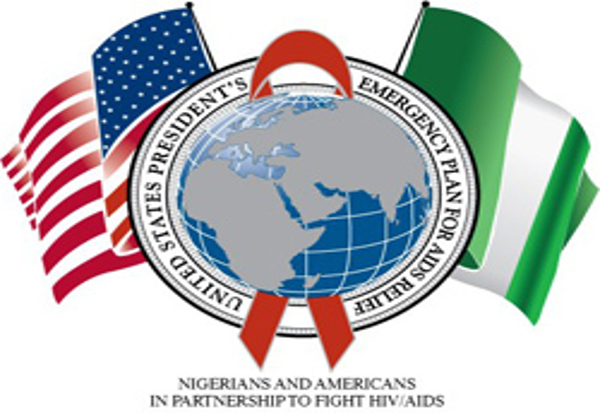As set out in the UNAIDS 2016-2021 Strategy, entitled “On the Fast-Track to end AIDS” the world faces a historic opportunity. Extraordinary scientific advances, combined with more than three decades of experience in scaling up HIV programmes, have led to remarkable progress against AIDS in many countries and underpinned the global commitment to end the AIDS epidemic by 2030 but this progress is under threat due to funding cut by the United States.
The Joint United Nations Programme on HIV/AIDS (UNAIDS) has served as a consistent and vocal advocate for an inclusive AIDS response, grounded in human rights and gender equality. The Joint Programme has pioneered the principle of leaving no one behind. It is the global leader in galvanizing and supporting the mobilization of communities affected by the epidemic and it supports countries in designing programmes to ensure equitable access to services for key populations and vulnerable groups. This was made possible largely because of the availability of fund and leadership of the United States.
This is about to change with the President Donald Trump’s proposed cut to the US fund to the global HIV/AIDS fight through the President’s Emergency Preparedness Plan for AIDS Relief (PEPFAR) and United States Agency for International Development (USAID) for their Human Immuno-deficiency Virus (HIV)/Acquired Immune Deficiency Syndrome (AIDS) prevention and treatment programmes. The Trump administration has proposed slashing the aid by at least $1.1 billion out of the more than $6 billion it spent annually on antiretroviral (ARV) drugs for about 11.5 million people worldwide. A vice president at the Kaiser Family Foundation, Jen Kates, told New York Times: “These are life-saving interventions, and these levels of reductions will significantly curtail service delivery.”
Nigeria and other countries benefitted immensely from the US largesse to the HIV/AIDS Global Fund as about 70% of the fund used by the government to fight the scourge comes from donors and international community. The impact of the cut on Nigeria and other countries in the Sub-Saharan Africa is already generating grave concern. The Global Fund estimates that every $100 million invested saves about 133,000 lives. An estimate by amfAR, a foundation that invests in AIDS research, suggested that the decision could result in more than one million deaths and over 300,000 orphaned children.
“With the dwindling donor funding especially by our biggest contributor – PEPFAR, from $488,614,277 (76 per cent) in 2012 to $358,614,280 (70.8 per cent) in 2016 – shows that more than ever before, we have to take charge of our destiny if we must achieve the test and treat strategy of ensuring that 90 per cent of the populace know their status. “Ninety per cent of those tested are placed on ART and 90 per cent of persons on treatment will have viral suppression to prevent zero AIDS related deaths,” the Director General of the National Agency for Control of AIDS (NACA), Dr. Sani Aliyu to journalists.
The Joint Programme’s core budget had been fully resourced each year since its inception, but a funding gap left 28 per cent of the 2016 core budget unfunded. This situation has prompted discussions in the UNAIDS governing body, the Programme Coordinating Board, on the Joint Programme’s activities in the light of the funding available. Additional investment by all countries across the AIDS ecosystem is critical to fulfilling the commitment, reaffirmed in the 2016 Political Declaration, to close the $7 billion investment gap.
Notwithstanding the remarkable progress, the AIDS epidemic is far from over. Prevention remains key to achieving the ambitious 2020 and 2030 targets. However, progress in reducing new HIV infections has stalled since 2010. Continuing high rates of new HIV infections translate into higher future treatment needs. More than 10 million additional people living with HIV will need to access treatment by 2020 in order to reach the agreed treatment targets and to avoid AIDS-related deaths. Yet, access to HIV prevention, testing and treatment services is hindered by the stigma and discrimination towards people living with HIV, the criminalization of people at higher risk of HIV infection, socioeconomic inequalities and unequal gender relations that especially affect young women. The fight against the scourge mustn’t wane and the US must continue to play its leadership role through funding of better treatment and research for the cure among others.
The Director of the State Department’s Office of U.S. Foreign Assistance Resources, Hari Sastry, told reporters that everyone currently receiving treatment under the programmes would be allowed to continue, even if the move (proposed cut) eventually gets approval.




